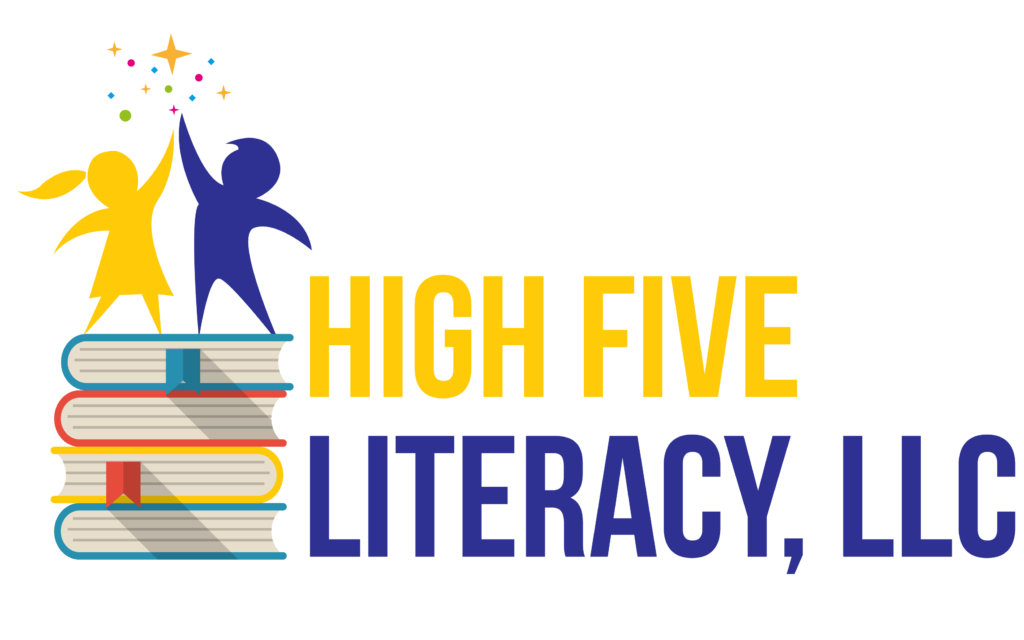
Despite billions of dollars having been spent over the years trying to fix the literacy crisis in this country and the growing number of parents demanding a transition away from an unproven Balanced Literacy philosophy to a scientifically-based Structured Literacy approach, the education establishment continues to fail children. Over the past couple of years, finding themselves unable to continue denying the growing evidence and demands for change, those institutions, such as Columbia University’s Teachers College Reading and Writing Project (TCRWP), that stand to lose millions of dollars from such a transition, have attempted to integrate some of the science into their unscientific methodology and claim it’s a “game-changer” or that they were using it all along.
Through slick marketing efforts, using soundbites and slogans associated with the Science of Reading, they have convinced themselves and district administrators across the country that “balance” is still the way to go, with a nod toward science. This is really a situation where a little knowledge is a dangerous thing.
Unfortunately, administrators in school districts already heavily invested in Balanced Literacy are being influenced by the soundbites and slogans. As a result, they too engage in a balancing act that tries to incorporate the “new” information and science into their existing literacy curriculum, while still continuing to function as they always have. I wrote about the appearance of “integration” in a blog entitled “A Reality Check on The Intersection of Dyslexia and the Reading Workshop.”
Just recently, a local newspaper wrote about one such district’s literacy plan. The district wholeheartedly subscribes to the TCRWP model and has now bought into TCRWP’s rhetoric which (kinda) talks the “Science of Reading” while sticking to Balanced Literacy.
Below are some excerpts from the newspaper article with my commentary.
At a recent school board meeting, the superintendent spoke about “turning a corner with the integration of ‘concrete data’ analysis for literacy.” The district’s concrete data, however, include Informal Reading Inventories and Running Records, which essentially records student progress using multi-cueing strategies within the Balanced Literacy/Guided Reading framework. As I have said a number of times, “What is tested is taught.” This is no exception. If assessments are based on multi-cueing strategies, then children will be taught to use a range of strategies that undermine decoding (sounding out) words. As stated in the article, “…teaching is focused on word/sound decoding and children’s abilities to utilize different strategies.”
One second grade teacher in the district stated that the district created a new administrative/educational Literacy Booklet to have a “clear vision in our teaching of literacy.” As pointed out in my latest blog, “Time to Burn the Boat,” districts often try to write guidance documents for bridging the two philosophically divergent approaches. Here is an example of how educators cannot separate themselves from their allegiance to the TCRWP model. The teacher mentioned how they use “systematic phonics instruction at the second-grade level to become proficient with vowel teams.” Yet, in the same breath, she said that “there is a complimentary [sic] workshop piece to the instruction that integrates clues on sounding out words.” Hmm… what could these clues be??

According to the teacher, “Nothing we’re doing in literacy instruction is in isolation. When a student comes to a very tricky word, they can use multiple strategies to decode that word. Systematic instruction in one reading/decoding function can tie into the workshop models — that transfer happening with students learning to read is a true sign that learning is going on.” What does that even mean? I guess if the “systematic instruction” doesn’t work, they can always call in “Skippy Frog” to tell the children to skip a tricky word and just read to the end of the sentence. If all else fails, “Eagle Eye” will tell them to look at the pictures on the page to help figure out the word.
One kindergarten teacher recounted how she did a lesson on Election Day and had the children vote on whether to spend their “mask break” inside the classroom or outside the building. As written by the journalist,
“The children, who are too young to read, were asked to choose between two words written on the board – INSIDE and OUTSIDE. The teacher reported, ‘I put the words on the board, and when one child asked ‘how will I know what it says?’ another child said — ‘look, there’s the word IN’ and that triggered their understanding. It is systematic and as teachers we provide children with the experiences they’d need.’”

How is that “systematic?” This sounds like the “Chunky Monkey” strategy; chunk the word and look for a chunk you know.
She also described the “explicit instruction” piece as nothing more than telling students to say words slowly. So, telling kids to say words slowly is explicit? I guess this is the “intersection” of systematic, explicit instruction with “Stretchy Snake,” which encourages kids to stretch the word slowly. She went on to describe how to “cover up a part of the word and try to have the child understand what is described.” Isn’t that what children were told before? Just another attempt at “Tryin Lion” to see if it makes sense?
Teaching reading was described as “constant motion” from 1:1 conferencing to small group conferencing, guided reading groups, and read-aloud time. Previously, the children sat at round tables with books out, but now they “utilize post-its on the floor.” I guess this suggestion is in the Literacy Booklet, too. It is a comprehensive approach, after all.
But the most astounding part of the article was when a parent, who happens to be a teacher in a different district, asked if the guide will be posted on the district website for parents to see. After all, the assistant superintendent did say that the “pandemic has thrown a curveball into K through 12 education this year,” so providing parents with a guide to enable them to follow up at home and provide consistency would seem like a no-brainer. She was told, “It will primarily be used by faculty and staff internally but in time a version tailored for parents’ consumption will be posted.” Okaaaayyyyyy….
As expected, the words “systematic,” “explicit,” “data,” “phonics,” “decoding,” and “diagnostic-prescriptive” teaching were strewn throughout quotes contained in the article. For the untrained eye, it appears as though this district is on top of training their teachers and providing up-to-date instruction. Nothing could be further from the truth!
As long as we are fearful of calling BS, TCRWP and such districts will continue to con parents who just don’t know.
Faith Borkowsky is the founder of High Five Literacy and Academic Coaching with over thirty years of experience as a classroom teacher, reading and learning specialist, regional literacy coach, administrator, and tutor. Ms. Borkowsky is a Certified Dyslexia Practitioner and provides professional development for teachers and school districts, as well as parent workshops, presentations, and private consultations. Ms. Borkowsky is the author of the award-winning book, Failing Students or Failing Schools? A Parent’s Guide to Reading Instruction and Intervention and the “If Only I Would Have Known…” series. She is also a board member of Teach My Kid to Read, a 501(c) non-profit organization with a mission to support and empower students, teachers, and parents through education so all kids, including those with dyslexia, learn to read.

1 Comment. Leave new
[…] Faith Borkowsky, writes about her observations and frustrations on this subject here in her blog, Soundbites and Slogans: One District’s New Literacy Plan and A Reality Check on the Intersection of Dyslexia and the Reading […]